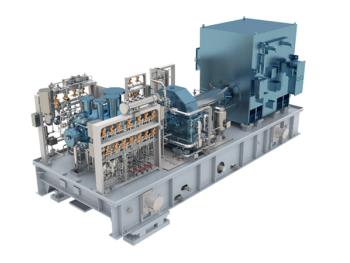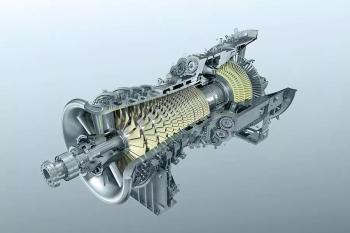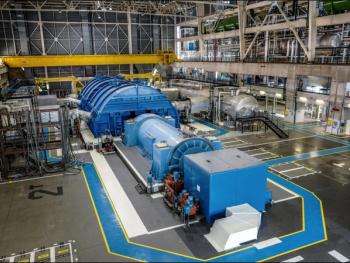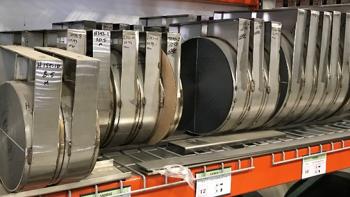
VANQUISHING VARNISH
HOW TO PROTECT GAS TURBINE EQUIPMENT AGAINST DOWNTIME
By Garry Brown
In an effort to gain greater production, operators are pushing their gas turbine equipment harder than ever before. Those with older equipment seek more output, while those investing in more advanced turbines are looking for greater efficiency. In both instances, this leads to more demanding operating conditions, such as higher operating temperatures, that place greater stress on the lubricating oil.
This, in turn, accelerates varnish formation. According to an ExxonMobil survey of 192 gas turbine power plants, approximately 40% of turbine operators reported either current or historical issues with varnish within six years of servicing their oil.
Treating the symptoms of varnish with mitigation technologies can help. However, reliable operation of turbine equipment depends on preventing or slowing the formation of varnish. It begins with a clean system and the right approach to lubrication.
Varnish formation
Varnish, also referred to as oil deposits, is the hard, oil-insoluble organic residue not easily removed from mechanical components by wiping it away. On equipment, varnish appears as distinct cloudy particles or blemishes. Excess varnish can strain equipment and increase the threat of component failure.
There are three main mechanisms of varnish formation:
• Thermal degradation of oil: Occurs at temperatures above 300°C. These high temperatures are not common in most power generation applications
• Oxidation: The chemical process that acts to decompose the oil, creating sludge
• Oil contamination: Happens when external and internal contaminants become mixed in with oil. The equipment’s quality of performance can be drastically affected.
The best defense against varnish formation is using a well-formulated lubricant designed to perform in the high temperature environments common to today’s power generation operations. Such lubricants consist of a mix of base oils and additives to help deliver longer oil life, better equipment protection, and increased productivity.
Lubricants for gas turbine applications should be able to control deposits, limit sludge and provide oxidation stability. Oxidation occurs when an oil is exposed to oxygen at high temperatures. It causes viscosity to increase. Since gas turbines and engines are often exposed to temperatures above 120°C, lubricants in these systems should have advanced base stocks, carefully selected additives and antioxidants appropriate for this environment.
In oils with poor air release performance, entrapped air can compress in bearings or hydraulics and cause varnish to form. Operators, therefore, should look for oils with good air release and foam control performance.
Filterability is another vital characteristic. It measures an oil’s ability to pass through a filter without inflicting a pressure change. Oils with poor filterability often pollute filters faster than normal and cause varnish formation. Rust and corrosion, too, can also contribute to oxidation and varnish formation. Look for oils with good filterability, and that include additives capable of preventing rust and corrosion.
Wear on components such as high-pressure hydraulics, accessory gear drive, and generator reduction and turning gears can also act as oxidation catalysts and result in varnish formation. Some oils are available that contain antioxidants and inhibitors to help reduce wear.
Dynegy Midwest Generation upgraded the lubricants used in its two Siemens Westinghouse 501 FD gas turbines in its Pennsylvania cogeneration facility. After the switch, the company monitored performance for a period of 11 years and more than 48,000 hours of service. There had been no system trips or unscheduled outages related to lubricant condition. During a scheduled shutdown, maintenance personnel inspected the unit and confirmed that journal bearings remained clean and thrust bearings had avoided varnish buildup.
Lubrication, then, can help operators better tackle varnish and reduce unscheduled downtime. At the same time, it protects, and helps equipment run more reliably and productively.
Author: Garry Brown is Senior Field Engineer CLS at ExxonMobil.
Newsletter
Power your knowledge with the latest in turbine technology, engineering advances, and energy solutions—subscribe to Turbomachinery International today.




